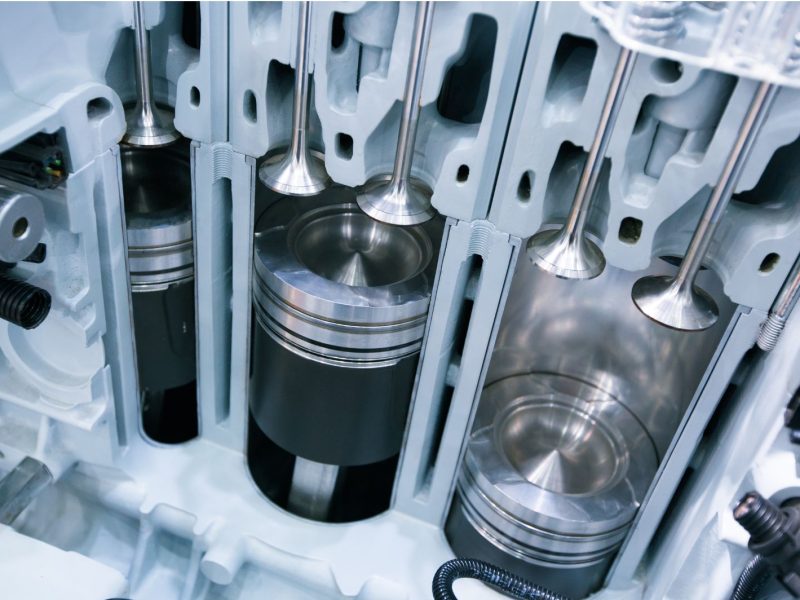Maintaining your vehicle is essential for its optimal performance and longevity. While regular oil changes and tyre rotations are common practices, one often overlooked aspect is the maintenance of air-fuel oil filter kits. These kits play a key role in ensuring that your engine receives clean air, fuel, and oil, which are vital for efficient combustion and overall engine health.
This comprehensive guide is here to walk you through installing and replacing your air fuel oil filter kits, empowering you to take control of your vehicle’s maintenance and save money on costly professional services.
Understanding the Importance of Filter Kits
Before delving into the installation process, it’s essential to grasp the significance of these kits in your vehicle’s operation. Air filters prevent harmful debris, dust, and pollutants from entering your engine’s combustion chambers, safeguarding its internal components from premature wear and tear. A clean air filter, indeed, promotes better fuel efficiency and reduces emissions, contributing to a cleaner environment and prolonged engine life. Similarly, fuel filters are crucial in ensuring that only clean fuel reaches the engine, preventing contaminants from clogging fuel injectors and compromising performance. Lastly, oil filters remove impurities and contaminants from engine oil, preserving its lubricating properties and preventing friction-related damage.
Step-by-Step Guide to Installing Filter Kits
Gather Necessary Tools: Gather the required tools and materials for the installation process. This typically includes a socket wrench set, screwdrivers, new kits (air, fuel, and oil), and gloves to protect your hands from dirt and grease.
Locate Existing Filters: Depending on your vehicle’s make and model, the location of the air-fuel oil kits may vary. Consult your owner’s manual or online resources to identify the precise location of these filters within your vehicle’s engine compartment.
Remove Old Filters: Once you’ve located the filters, carefully remove the retaining clips or screws securing them in place. Use your socket wrench set to loosen any bolts or nuts holding the filters in position. Be cautious not to damage surrounding key components during this process.
Inspect and Clean Housing: After removing the old filters, inspect the filter housing for any signs of dirt, debris, or corrosion. Use a clean cloth or compressed air to remove any accumulated grime, ensuring a clean surface for installing the new filters.
Install New Filters: It’s time to install the new kits with the housing cleaned. Align the new filters according to the manufacturer’s instructions, ensuring a snug fit within the housing. Secure the filters in place using the appropriate retaining clips, screws, or bolts.
Double-Check Connections: Before closing the filter housing, double-check all connections to ensure that the filters are properly seated and secured. Tighten any bolts or screws as necessary, taking care not to over-torque them to avoid damage.
Test for Leaks: Once the new filters are installed, start your vehicle and allow it to run for a few minutes. Check for any signs of leaks around the filter housing or connections. If you detect any leaks, turn off the engine immediately and inspect the affected area for loose fittings or damaged seals.
Dispose of Old Filters: Properly dispose of the old air fuel oil kits in accordance with local regulations. Many auto parts stores offer recycling programs for used filters, ensuring environmentally responsible disposal.
Regular maintenance of the air-fuel oil filter kit is essential for preserving your vehicle’s performance and longevity. By following the step-by-step guide outlined above, you can confidently install and replace these vital components, saving time and money. Remember to consult your vehicle’s owner’s manual for specific instructions and recommendations regarding filter maintenance intervals. With proactive maintenance and attention to detail, you can ensure that your vehicle continues operating smoothly for years.



